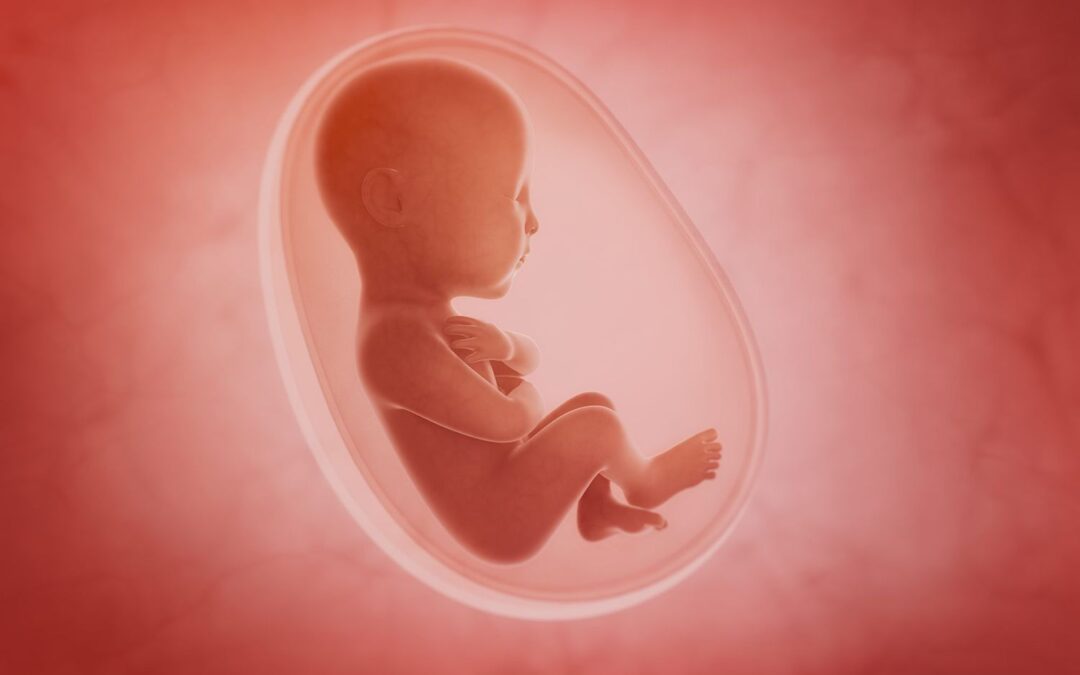There is a reason God gave women the ability to bring a child to the world!! Whether you welcomed your baby into the world in your bathtub at home or you waited nervously for your precious bundle to be lifted over the surgical drape after a C-section, you are just as courageous and inspiring to us!
But with nearly one-third of babies in the U.S. now being born via cesarean – more than twice the rate recommended by the World Health Organization (WHO) – major medical organizations are working hard to reduce the rate of preventable C-sections. While there are certainly cases in which a cesarean is necessary for the safety of the mother or the child such as prolonged labor, abnormal fetal heart rate and problems with the placenta, there are many more cases in which this major surgery could be avoided.
If you have a low-risk pregnancy, your baby is in the head-down position and you’re at least 37 weeks pregnant, the American College of Obstetricians and Gynecologists (ACOG) recommends attempting a vaginal birth. Even women who have had a previous cesarean and those who are expecting twins are encouraged to try to deliver vaginally if the conditions are right and their support team gives them the green light.
But what’s so great about a vaginal delivery ? Although there are many more remarkable benefits, we’ve outlined the 3 important benefits of a vaginal delivery you may have not heard of.
- Your Baby Will Receive Beneficial Bacteria– As your baby passes through your birth canal, it ingests bacteria that contributes to its gut health and boosts its immune system. Although a baby’s microbiome begins to form in the womb, vaginal delivery is an essential part of the process. Some studies have found that babies born by C-section who miss out on these crucial bacteria are more susceptible to health problems such as food allergies, asthma, hay fever and obesity later in life.
- You’ll Squeeze Fluid Out Of Your Baby’s Lungs– While your baby is in the womb, its lungs are filled with fluid. Hormonal changes that occur during labor start to clear the fluid, and much of the rest is squeezed out as your baby passes through your birth canal. Any remaining fluid is coughed out after the birth or absorbed by your baby’s body.
- You’ll Be More Likely To Engage In Early Breastfeeding– According to the WHO’s review of current research, early breastfeeding (within the first hour after birth) increases the likelihood that a baby will be breastfed exclusively from one to four months as well as the overall duration of breastfeeding. Because of the well-documented benefits of colostrum (“first milk”) and breastfeeding in general, the WHO recommends that breastfeeding be initiated as soon as possible after birth. Oftentimes with a c-section delivery, babies do not get to nurse for a while.
However your baby is born, we applaud you! But knowing the benefits and risks of each type of delivery can help you make the best decision for yourself, your baby, and your family. And as soon as that little nugget is here, we would be happy to check their spine.. because as the twig is bent so grows the TREE.

